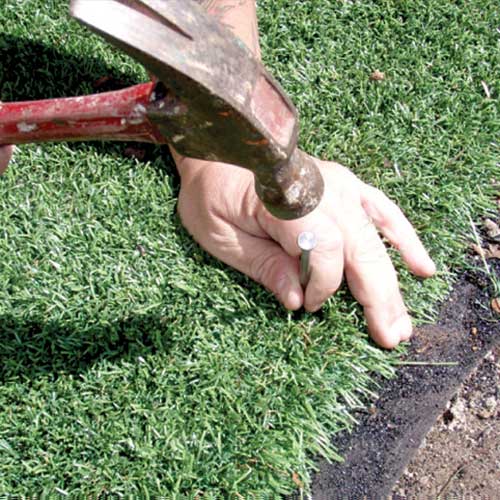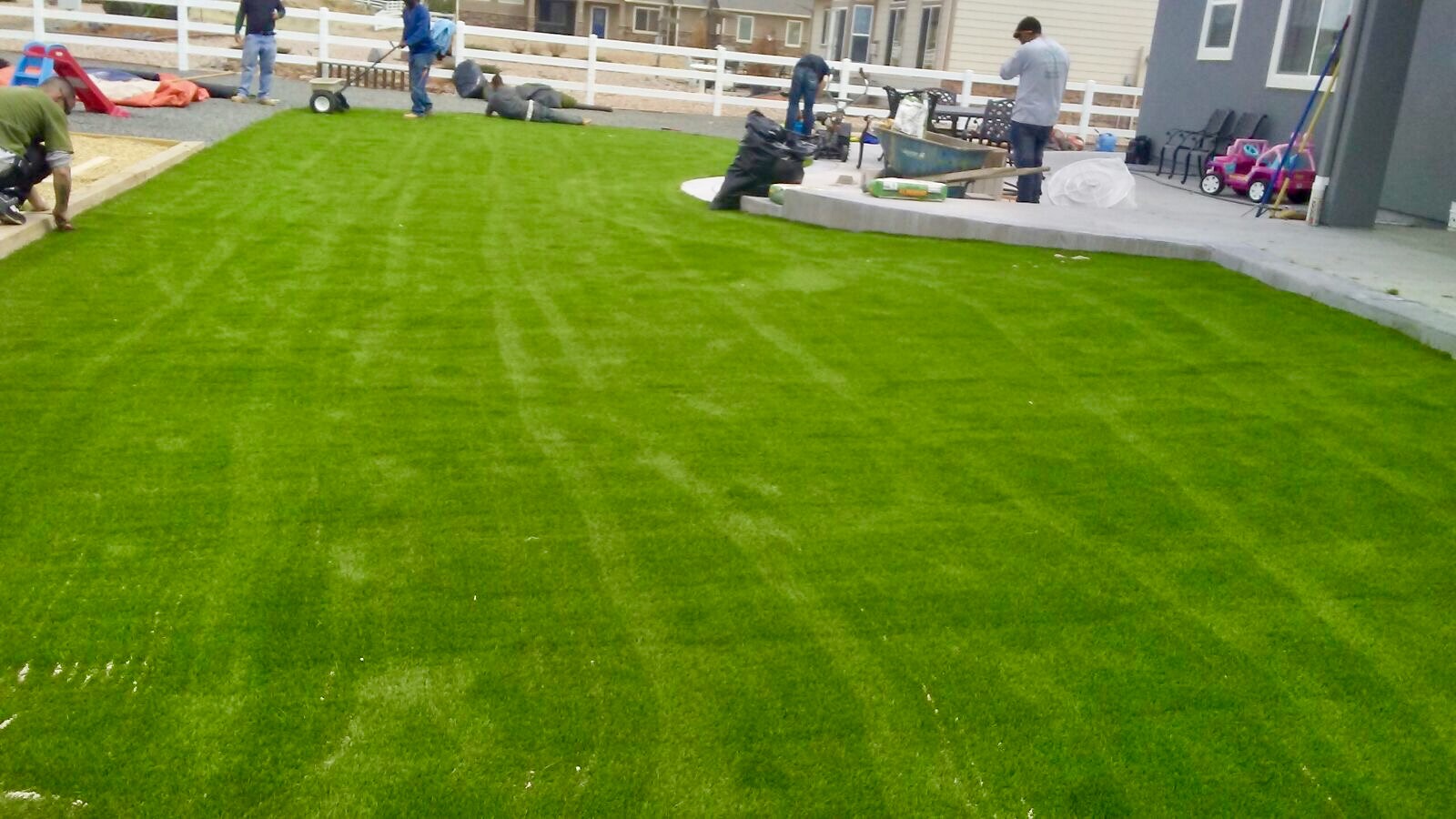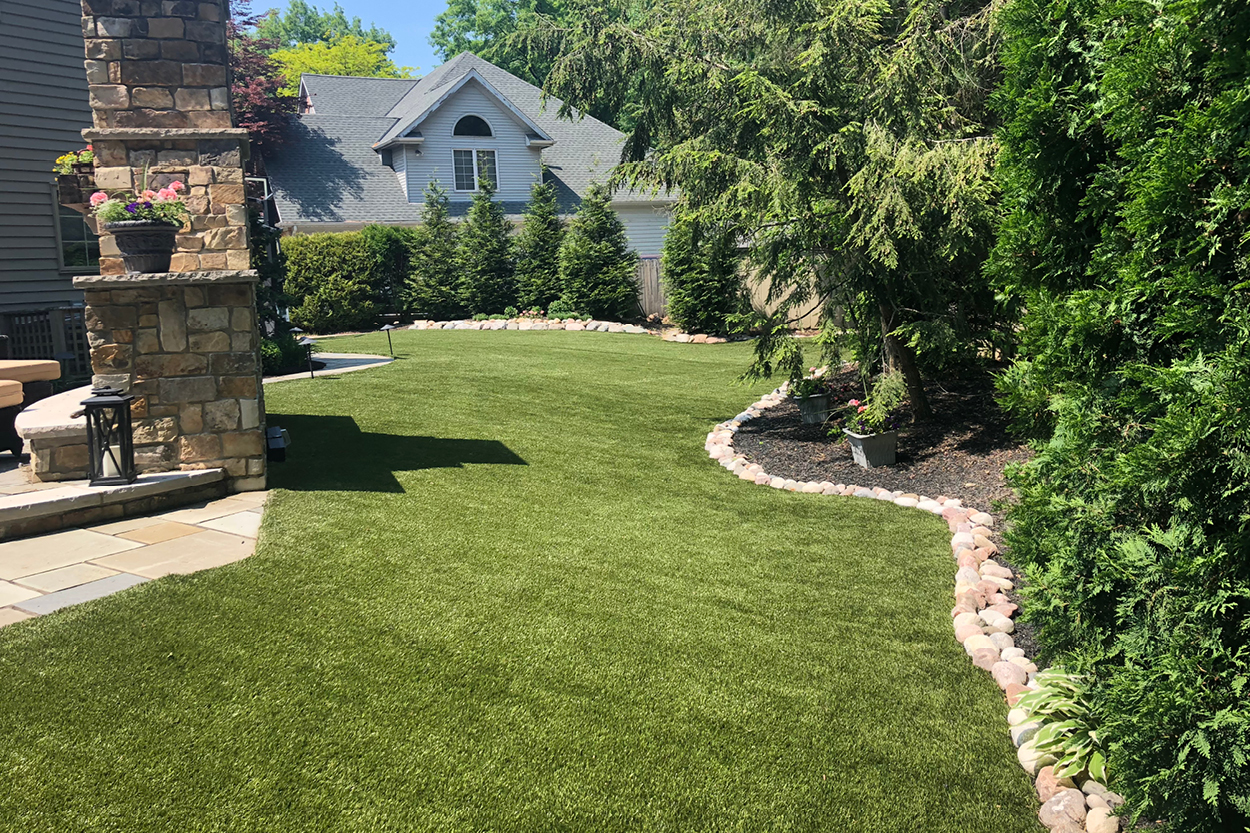Leading Phoenix Turf Companies Offering Superior Synthetic Grass Solutions
Leading Phoenix Turf Companies Offering Superior Synthetic Grass Solutions
Blog Article
Delve Into the Environmental Perks of Opting for Artificial Lawn Solutions
The adoption of artificial lawn remedies provides an engaging chance to resolve pushing ecological challenges. By dramatically reducing water usage and decreasing the application of dangerous chemicals, these options not just advertise sustainable landscaping yet additionally shield regional communities. The reduced carbon impact associated with reduced upkeep tasks adds to a much more sustainable technique to land monitoring. Nonetheless, the implications of these benefits prolong beyond simple preservation efforts, questioning regarding their long-term influence on environment preservation and total ecological balance. Exploring these dimensions exposes a complicated interplay worth thinking about.
Water Conservation Advantages
One of the most significant advantages of fabricated grass is its ability to conserve water. In comparison, synthetic turf does not need watering, considerably decreasing the overall need for water resources.
By getting rid of the need for routine watering, artificial lawn contributes to lasting landscape practices and helps mitigate the environmental influence of excessive water intake. In addition, the conservation of water encompasses the reduction of overflow, which can bring about dirt disintegration and waterway contamination.
Furthermore, the setup of artificial turf enables districts and property owners to designate water sources more effectively, concentrating on necessary uses such as drinking water and agriculture. The change towards artificial turf not only promotes accountable water usage however additionally straightens with broader environmental objectives targeted at protecting natural resources.
As neighborhoods significantly prioritize sustainability, the water conservation benefits of synthetic grass provide an engaging instance for its fostering in commercial and residential landscaping projects.
Lowered Chemical Usage
The transition to synthetic grass dramatically decreases the reliance on chemical therapies generally made use of in natural lawn upkeep. Conventional turf management typically involves the application of herbicides, chemicals, and fertilizers to promote development and control bugs. These chemicals can pose risks to human health, neighborhood wildlife, and the setting, adding to dirt and water contamination.
In contrast, synthetic grass eliminates the need for these harmful materials. When installed, it needs very little maintenance, mostly including routine cleansing and irregular infill replenishment. This decrease in chemical usage not just benefits the immediate setting but additionally contributes to more comprehensive eco-friendly stability. By decreasing the release of artificial substances into the ecosystem, synthetic grass promotes much healthier dirt and water supply.
In addition, the absence of chemical drainage connected with fabricated grass installments assists shield local rivers from pollution, supporting marine life and maintaining biodiversity. Artificial turf companies phoenix. As communities progressively focus on lasting methods, going with man-made grass offers a viable solution that lines up with ecological preservation objectives. Through this shift, homeowner can appreciate rich environment-friendly areas without endangering eco-friendly wellness, paving the means for a more sustainable future
Lower Carbon Footprint

In addition, the installation of man-made turf can lead to considerable water preservation. All-natural lawns need significant quantities of water for watering, which not just includes in the carbon footprint connected with water extraction and treatment however likewise pressures local water resources. On the other hand, artificial lawn requires very little maintenance, requiring no watering, thus considerably lowering water use and its linked power expenses.
Additionally, the durability of man-made grass adds to its decreased carbon impact. With a life-span of approximately 15 years or even more, the demand for regular substitutes is diminished, resulting in much less waste and reduced energy usage in production and taking care of typical yard choices. In general, artificial lawn provides a sustainable option for eco conscious landscape design.
Environment Preservation
Habitat conservation is an essential factor to consider in the dispute over landscaping selections, especially when comparing man-made grass to all-natural lawn. All-natural yard lawns typically require considerable upkeep, consisting of making use of pesticides, plant foods, and herbicides, which can negatively influence regional ecosystems. These chemicals can seep into the dirt and waterways, damaging indigenous flora and animals and interrupting neighborhood habitats.
Fabricated lawn removes the demand for hazardous chemicals, thus shielding nearby wildlife and maintaining the integrity of surrounding communities. The installment of man-made grass can lead to the conversion of previous lawn locations right into even more biodiverse landscapes, such as pollinator yards or native plant areas, which can support local wildlife.
Ultimately, the transition to artificial grass not only conserves water and reduces upkeep initiatives yet additionally cultivates a much more harmonious relationship between human activities and the natural surroundings, advertising habitat preservation while doing so.
Long-Term Sustainability
Long-term sustainability is an essential consider evaluating the benefits of synthetic grass over typical lawn lawns. Among one of the most considerable benefits of synthetic grass is its sturdiness; it can last as much as 15-20 years with very little maintenance, whereas all-natural turf calls for constant reseeding and substitute. This longevity lowers the requirement for constant sources, such as water, fertilizers, and pesticides, which are necessary for preserving a healthy and balanced grass yard.
In addition, synthetic grass adds to a decrease in carbon exhausts related to yard treatment devices. Conventional yards often need gas-powered mowers, trimmers, and blowers, every one of which add to air contamination. Turf installation phoenix az. In comparison, artificial grass gets rid of the need for such devices, advertising a cleaner environment
Additionally, the manufacturing of artificial turf progressively makes use of recycled products, improving its sustainability account. Going Here As manufacturers embrace environmentally friendly methods, the ecological footprint of synthetic lawn remains to diminish.

Conclusion
The fostering of synthetic grass remedies provides significant ecological advantages, including considerable water conservation, lowered reliance on dangerous chemicals, and a reduced carbon footprint. Artificial grass aids in preserving natural environments by minimizing land disturbance and advertising long-lasting sustainability through the use of sturdy materials. Collectively, these variables emphasize the potential of man-made lawn to contribute favorably to environmental wellness and provide a sensible alternative to conventional landscape design methods in an increasingly resource-conscious world.
In comparison, fabricated turf does not need watering, considerably lowering the overall demand for water resources. By lessening the release of artificial substances right into the ecosystem, synthetic grass promotes healthier dirt and water systems.
Moreover, the installment of look what i found fabricated turf can result in significant water preservation. In comparison, fabricated lawn needs very little maintenance, needing no why not try this out watering, therefore significantly reducing water usage and its connected energy expenses.

Report this page